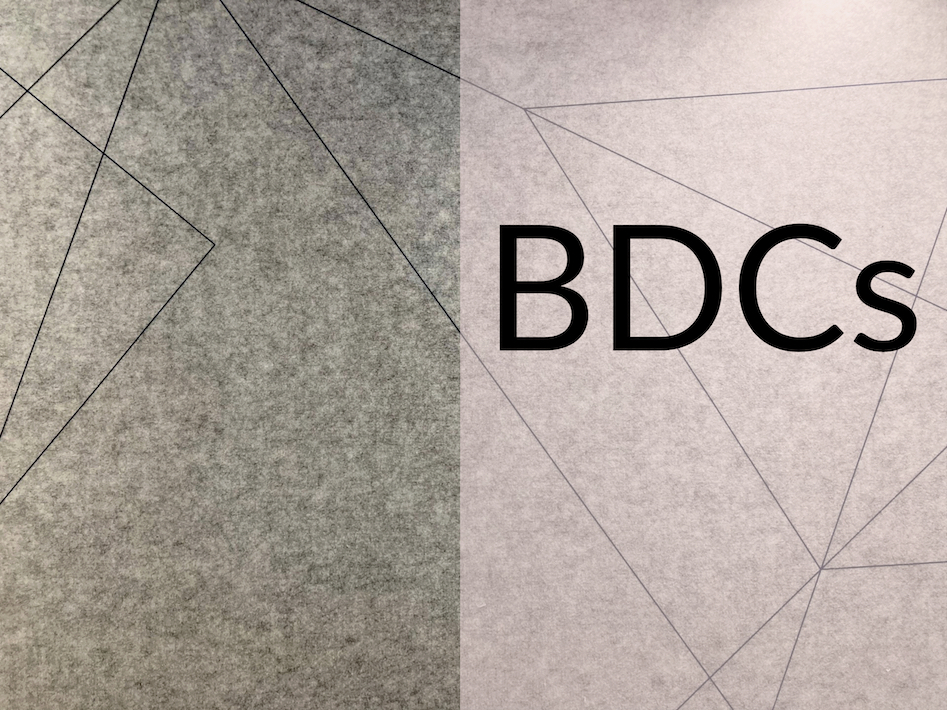We review the ten asset categories that trade on major stock exchanges, many of which are smaller niches in which individual investors have an edge over institutional investors.
How to invest in business development companies, a small segment of the markets that has returned 9% annualized with dividend yields of 8%.

Topics covered include:
- How securities trading has changed and why are there so many trading platforms
- Why do institutions still pay trading commissions
- When did stock exchanges start and which are the largest
- What are direct and indirect investment vehicles
- What are the ten asset types that trade on stock exchanges
- How to invest in business development companies (BDCs)
Show Notes
New York Stock Exchange (NYSE)—Corporate Finance Institute
Off-Exchange Trading To Continue To Grow In US by Shanny Basar—Traders Magazine
Total Market Value of U.S. Stock Market—Siblis Research
REIT Industry Financial Snapshot—Nareit
Closed-End Fund Assets and Net Issuance—Investment Company Institute
Investor Bulletin: American Depositary Receipts—U.S. Securities and Exchange Commission
What is an ADR?—Stock Market MBA
Direct Lenders in the U.S. Middle Market by Tetiana Davydiuk, Tatyana Marchuk, and Samuel Rosen
Business Development Companies (BDCs)—Levin Law
Episode Sponsors
Wealthfront – get your first $5,000 managed for free for life
LinkedIn – post your first job for free
Related Content
386: When Should You Pay a Premium?
A Complete Guide to Equity REIT Investing
A Complete Guide to Mortgage REIT Investing
What Are SPACs and Should You Invest in Them?
How to Invest in Closed-End Funds
Transcript
Welcome to Money For the Rest of Us. This is a personal finance show on money, how it works, how to invest it, and how to live without worrying about it.
I’m your host, David Stein. Today’s episode is 381. It’s titled “Investing in Business Development Companies and Other Niche Investments That Trade on Stock Exchanges.”
How Securities Trading Has Changed
Back when I was an institutional investment advisor we would conduct due diligence on stock managers, bond managers, hedge funds, and these would often involve visiting on-site to these asset management firms.
We would meet the people, we would take a tour of the office, look at desks, some messier than others. We would also visit the trading floor.
One of the things I noticed over the years as I made these on-site visits is the trading floor kept getting more and more cables, more electronics. Because previously, a trader at an asset management firm would call up the trading desk at one of the brokers that they worked with.
But more and more trading has moved away from traditional stock exchanges, where the trade hits the floor of the New York Stock Exchange, the order and their specialists on the floor coordinate the buying and selling of that underlying security.
Now, 40% of trades occur off-exchange, many of them using alternative trading systems that aren’t connected to a stock market at all. These trading systems match buyers and sellers electronically. Some even use artificial intelligence.
Many trades occur within the broker itself, where if a brokerage firm has a buyer and seller among its own clients, it might actually match those trades. It’s called the internalization of order flow.
Many big institutional investors don’t want others to know about their trades, particularly if they’re trading large blocks of stocks because others could front-run those trades.
In fact, the SEC, the U.S. Securities and Exchange Commission, and the Justice Department are investigating whether some investment banks such as Morgan Stanley and Goldman Sachs have been letting some of their top hedge fund clients know about block trades.
Some of these big investors, if they have a large block of stock, they might go to this investment bank who will purchase the shares and then will try to resell them to other investors.
Ultimately, institutional investors don’t want others to know about their trades, because it could impact the price. There could be a market impact.
As a Money For the Rest of Us Plus member, you are able to listen to the podcast in an ad-free format and have access to the written transcript for each week’s episode. For listeners with hearing or other impairments that would like access to transcripts please send an email to jd@moneyfortherestofus.com Learn More About Plus Membership »
